Launched in 2016 to fight the German trio that has long dominated among the premium D-segment propositions, the sales figures prove that the Alfa Romeo Giulia's task is not being especially easy. But is it lacking in arguments?
To find out we tested not the version that Giulia is best known for, the Quadrifoglio, but the B-Tech version equipped with the revised 2.2 l diesel engine in the 190 hp rear-wheel-drive variant.
Aesthetically, the Giulia is easily recognizable as an Alfa Romeo and, I must admit, I like it. It captures attention wherever it goes and stands out much more in traffic than the “common” Audi A4 or Mercedes-Benz C-Class.
All this thanks to a look that, despite tending towards the aggressive, does not enter, in my opinion, in stylistic exaggerations.
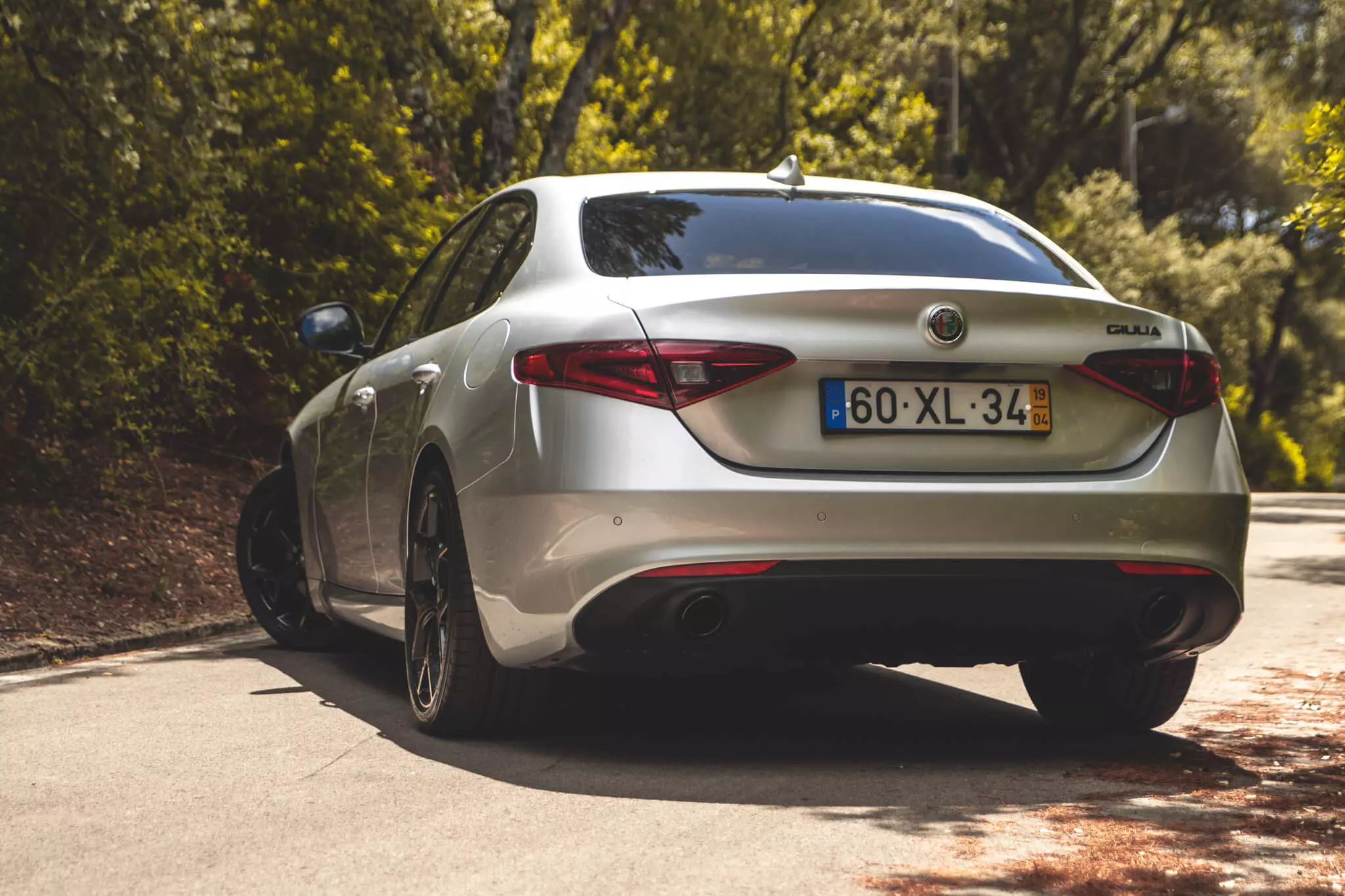
Inside the Alfa Romeo Giulia
Sporty and pleasantly less technological than some German (and Japanese) proposals, the interior of the Giulia knows how to welcome its occupants. There we find good materials that only end up betrayed by an improved build quality.
Subscribe to our newsletter
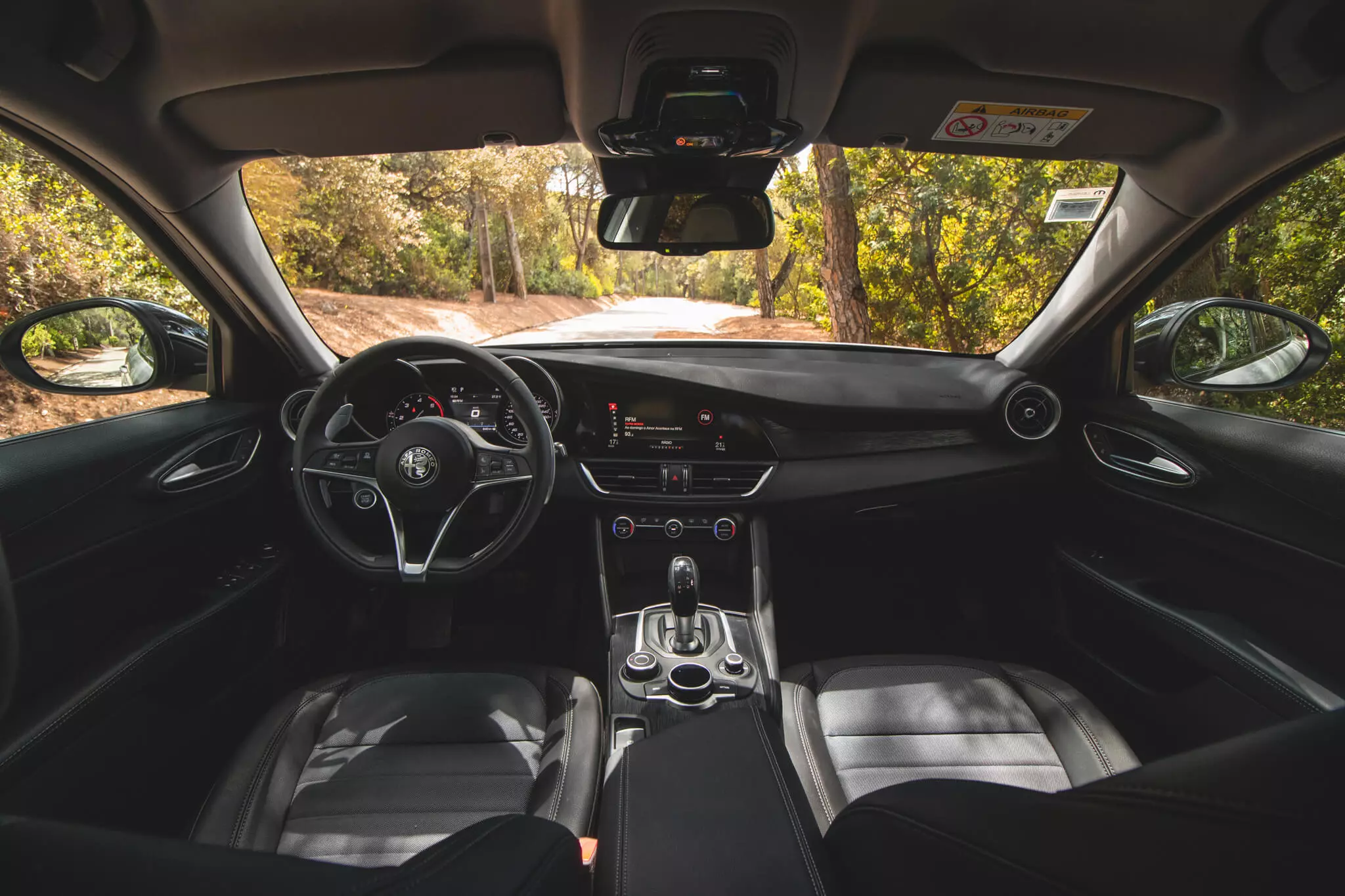
As for ergonomics, the interior of the Giulia has all the controls at hand, however, Alfa Romeo could have put a little more effort into creating more storage spaces or at least increasing the dimensions of the few that exist.
The infotainment system, on the other hand, does not include a touchscreen, and can only be controlled via a central rotary command or by voice, has proved to be quite easy to use.
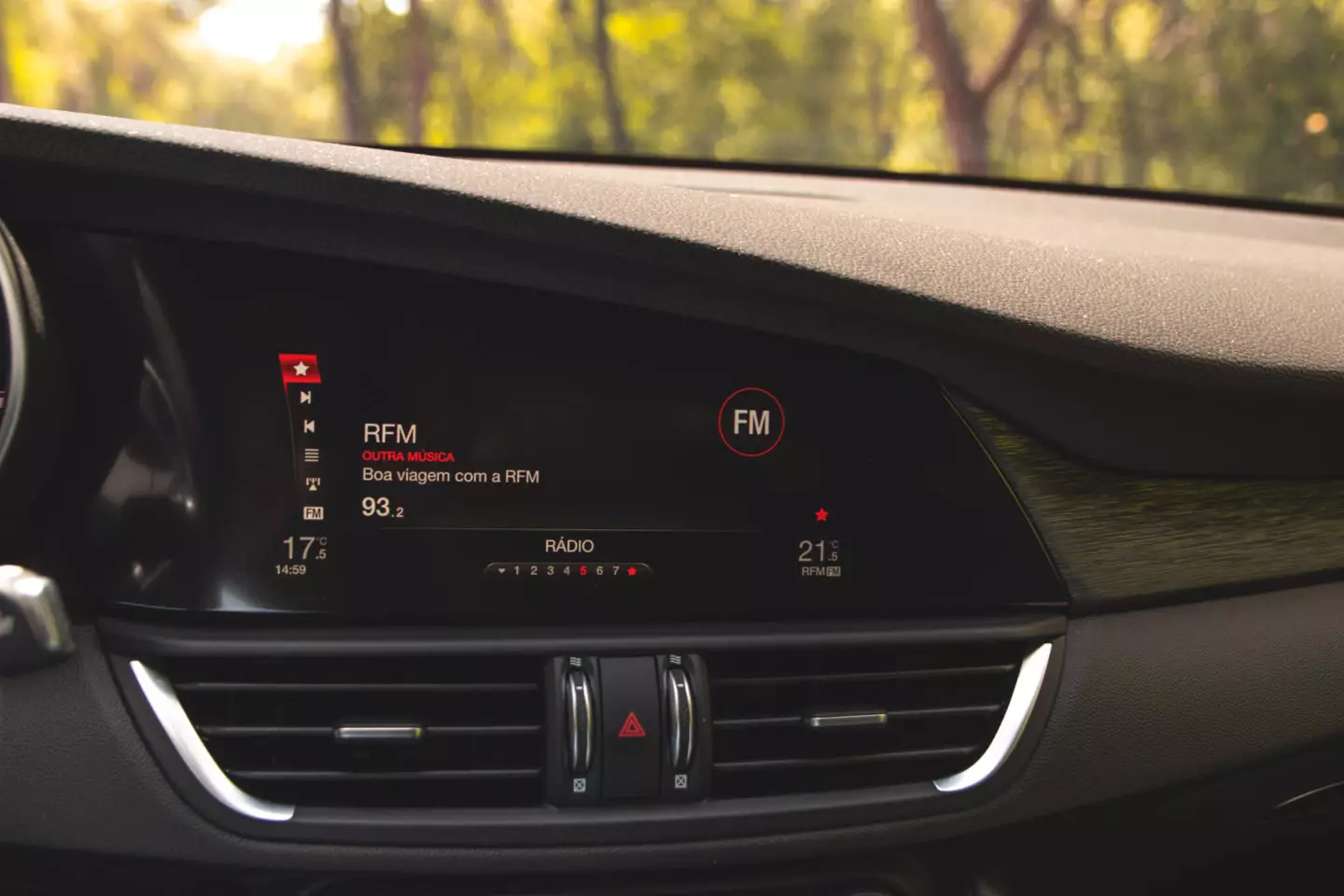
The infotainment system is easy to use and features simple graphics that make it easy to refer to it while driving.
When it comes to habitability, don't expect miracles. The Giulia demonstrates that it was designed around the driver and this is reflected in the roominess levels, especially in the rear, where the transmission tunnel makes it almost impossible to carry a third passenger and steals a lot of legroom. The trunk stays at 480 liters, a value in line with that of rivals.
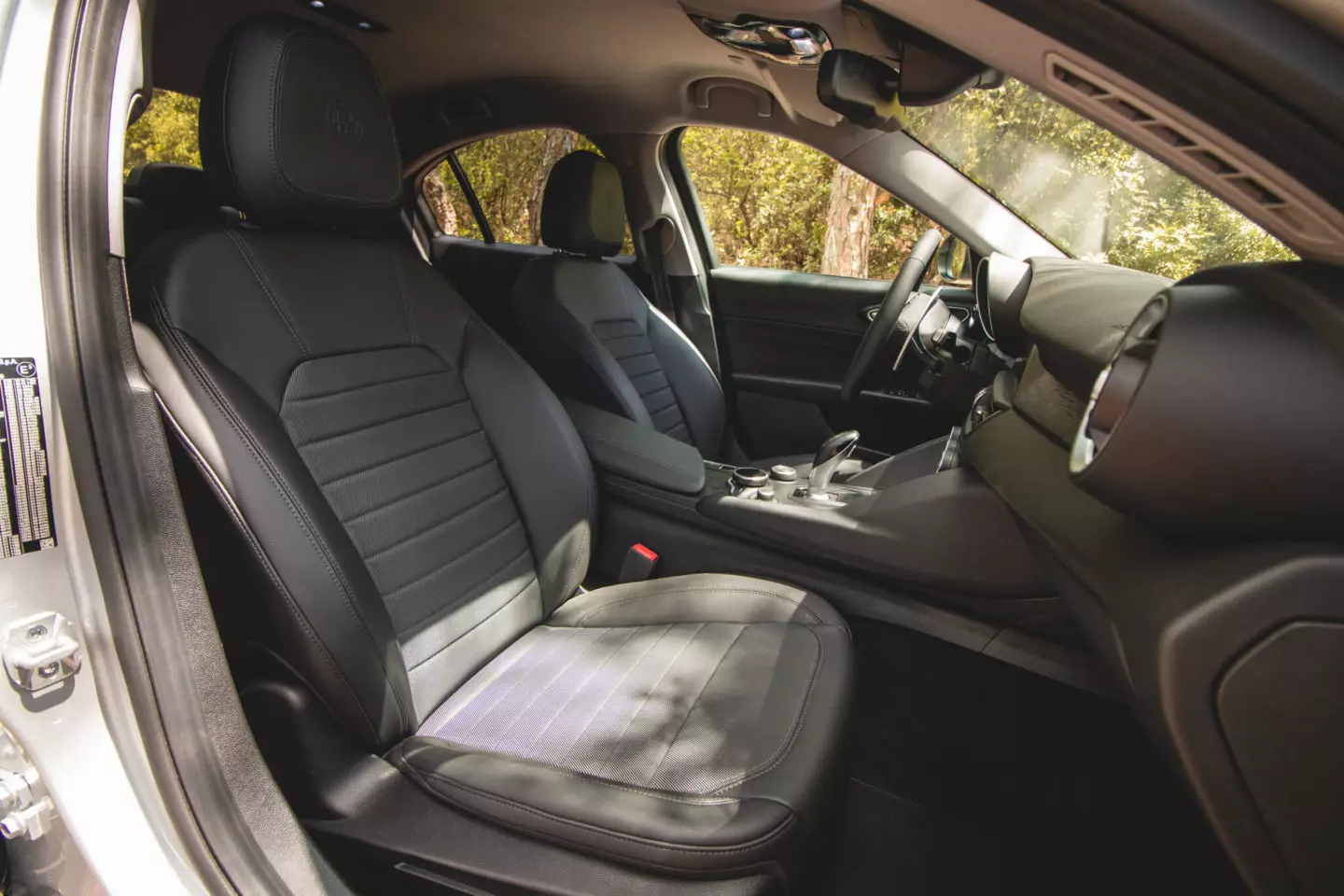
The front seats are very comfortable. Interestingly, its back is covered in… rigid plastic (not very premium).
At the wheel of the Alfa Romeo Giulia
As we told you, the interior of the Giulia seems to have been designed with the driver in mind almost exclusively and this is reflected in a comfortable (seats help in this chapter) and sporty (we're always very low) driving position, to which are added the fantastic and large aluminum gearshift paddles.
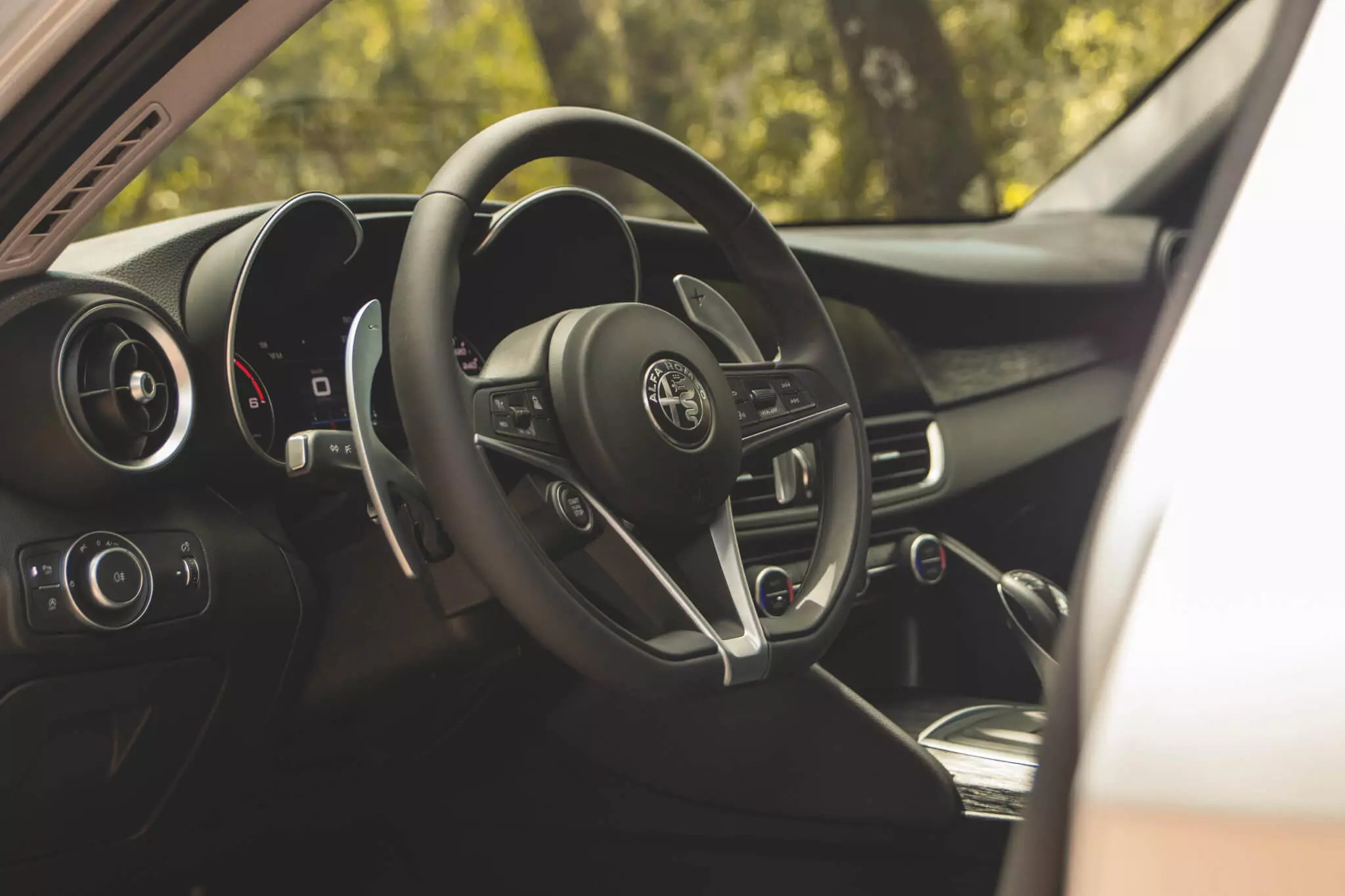
Once underway, we are presented with a suspension that combines comfort and dynamic behavior quite well, and with a precise, communicative and direct steering (I even dare say that it is probably the best in the segment).
Now, these two factors, when combined with rear-wheel drive, make the Giulia a very interesting, engaging, fun and effective proposal to drive, making us travel the longest way home just to catch that special chain of curves. In the midst of all this, we almost forget that up ahead is a diesel engine.
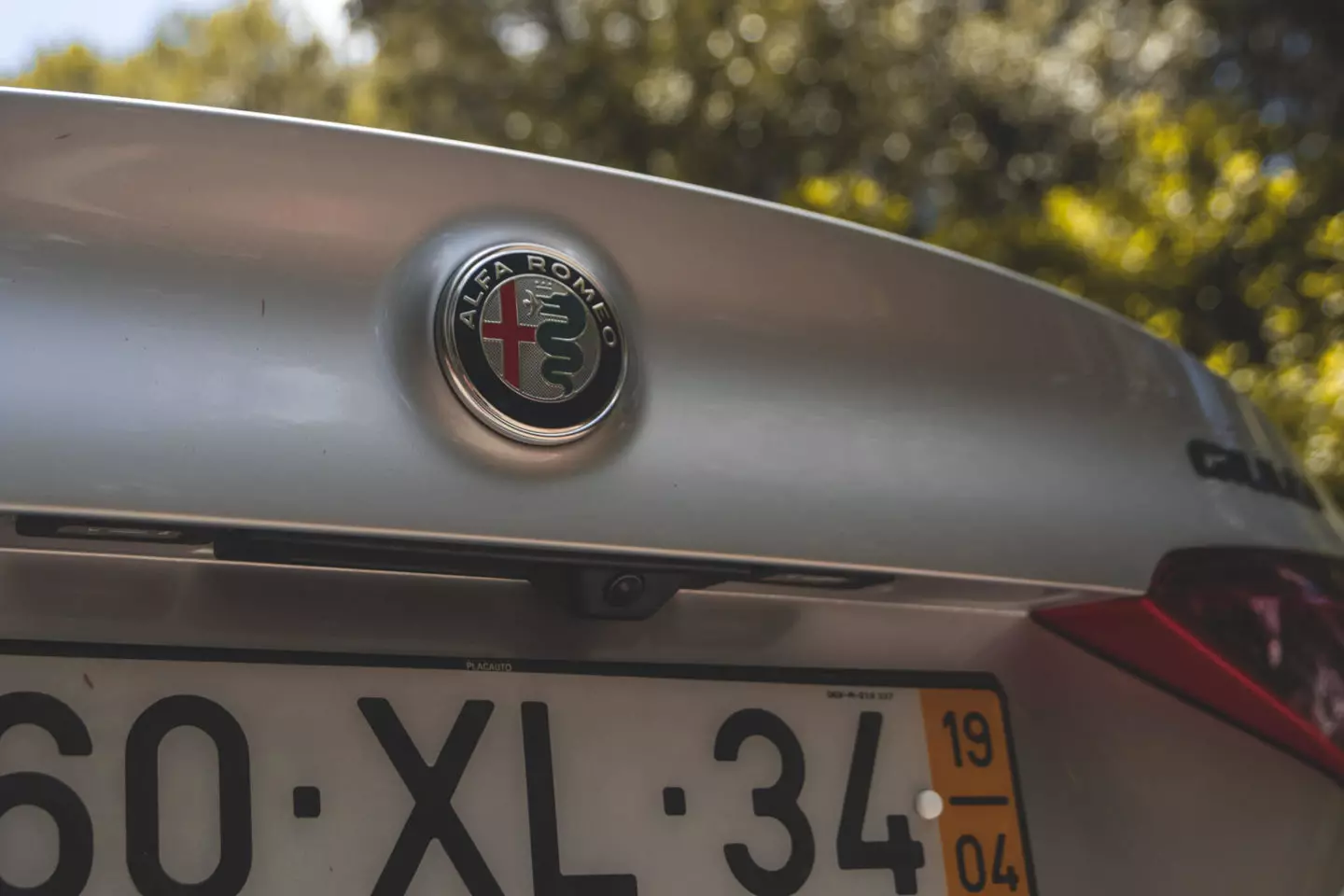
Speaking of which, the 2.2 l is always available and, despite not revealing the typical joy of a gasoline engine speeding up, he did not shy away from vigorously climbing beyond 4000 rpm, despite the 190 hp being reached at a modest 3500 rpm.
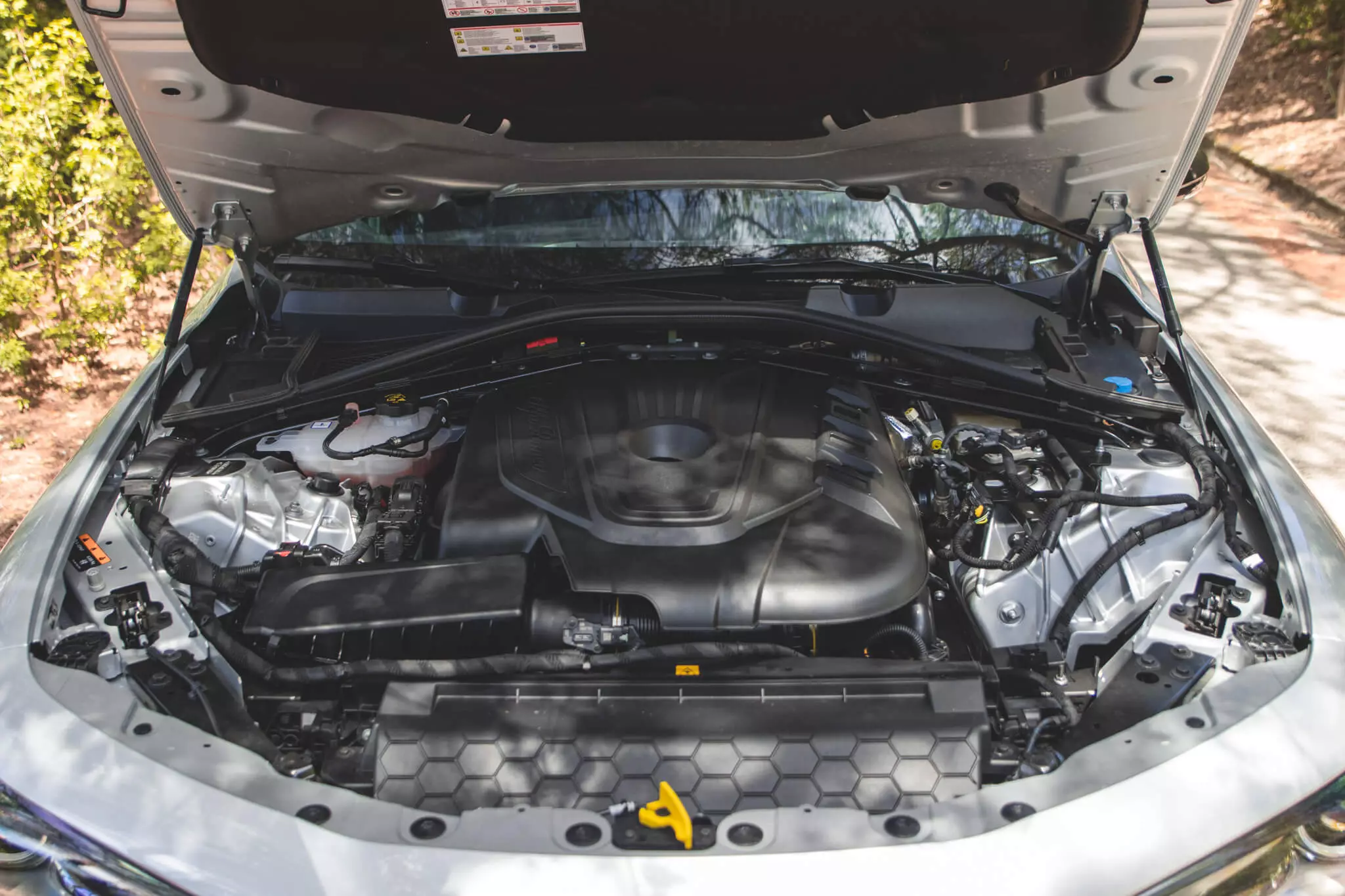
As for the eight-speed automatic transmission, it proved to be a good ally, adapting well to various driving styles (and driver moods). In manual mode, the paddles on the steering wheel prove to be the ideal allies for a more committed driving.
As for the DNA driving modes (Dynamic, Normal and All Weather), what happens is that we almost always use the D mode (Dynamic or, for me, fun) and easily forget about the rest. And the best part of it all? Consumers do not suffer much from this option.
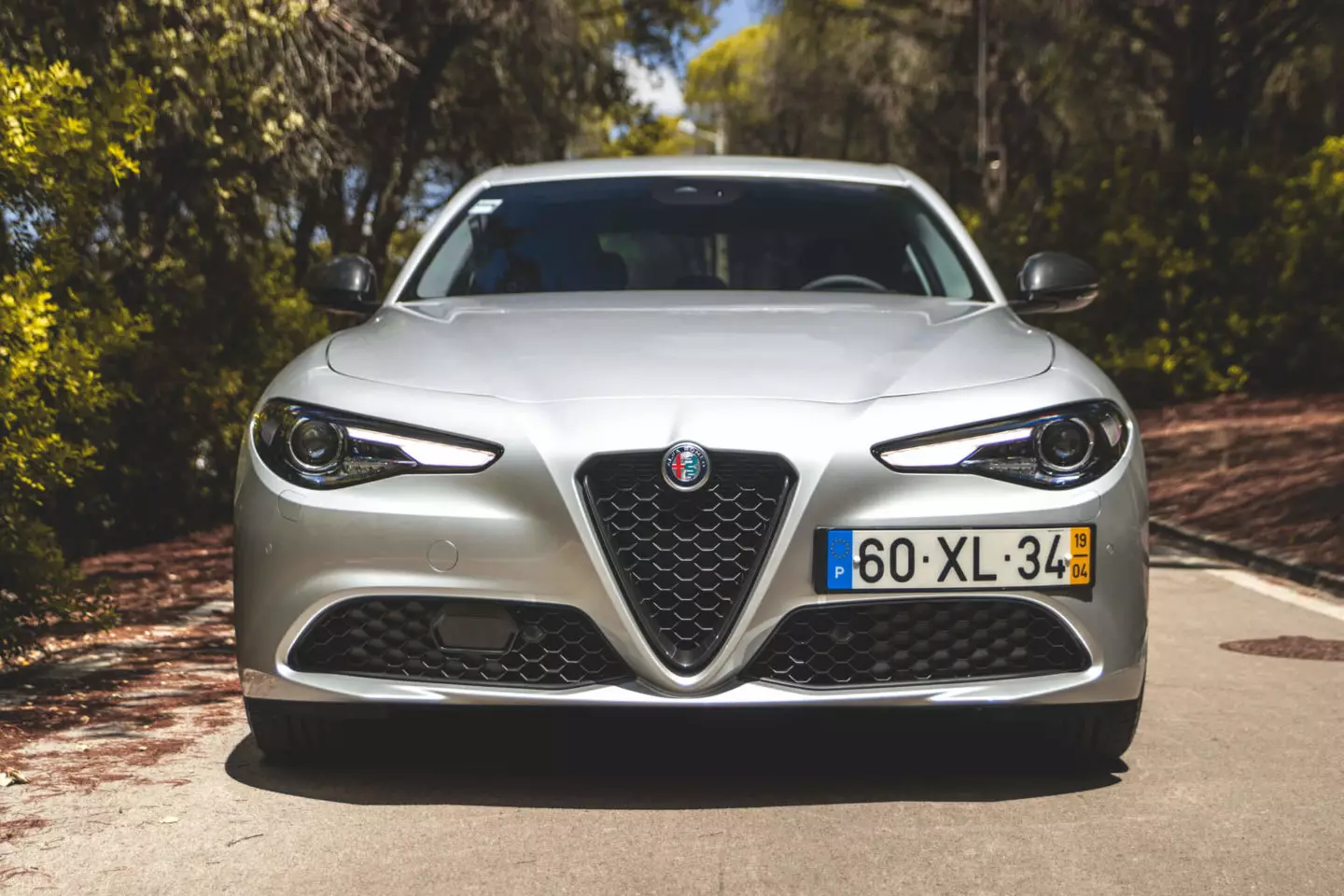
Speaking of fuel consumption, driving without major concerns and at speeds that are sometimes high, it was around 6 l/100 km. With a calm driving, it is possible to make averages close to 5 l/100 km.
The tested B-Tech version sees its technological content reinforced — adaptive cruise control and ALFA™ CONNECT 8.8″ as standard, for example — but despite that, it still lags behind other models in the segment, namely in the presence of driving aid systems, or rather, in their absence. For example, the lane departure warning system only consists of an audible warning (well below what, for example, the Peugeot 508) offers.
Is the car right for me?
It's true, compared to its German rivals (and even in relation to the Lexus IS or Volvo S60) the Alfa Romeo Giulia comes out losing in chapters such as the technological offer or the quality of the assembly.
However, what it loses in these chapters, the Giulia makes up for with a fun and engaging behavior, with a style that allows it to stand out wherever it goes and, in this version, it has a Diesel engine that allows it to combine consumption and performance very well. , proving that he still has arguments for this “fight”.
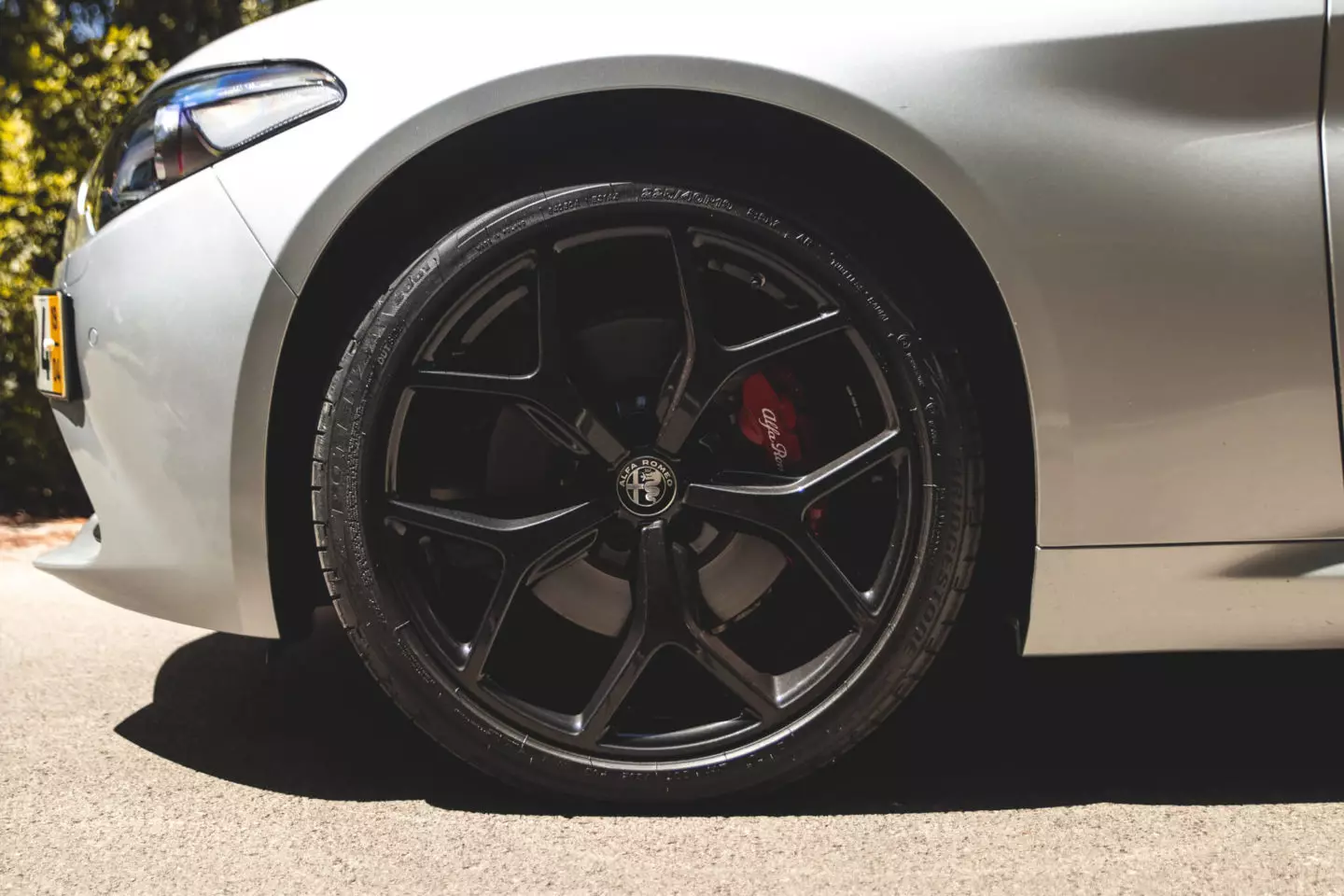
The 19'' wheels are optional but well worth it.
So, if you're looking for a premium saloon that's comfortable, fun to drive, economical to use, you don't need countless gadgets and driving aids and you want to stand out from the “crowd” of German proposals, then the Giulia could be the right car for you.
note: the final price of 52,406 euros for the unit tested has a campaign of 8000 euros that was in force at the time of the test, and may therefore vary.
